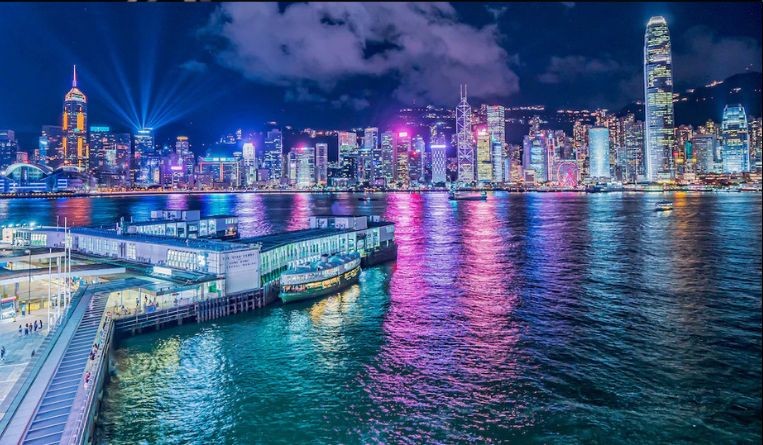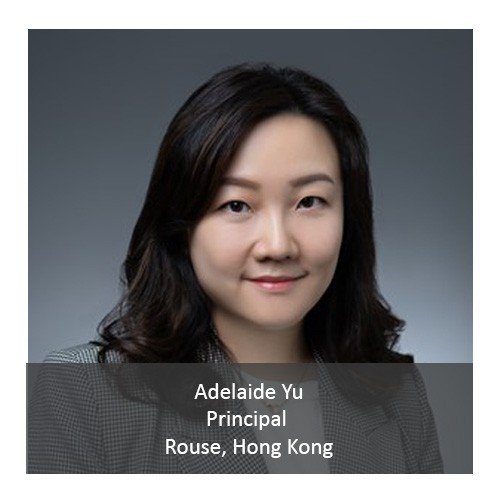Anti-counterfeit strategies should be adopted as Hong Kong reopens, says IP lawyer
14 March 2023

After three years of isolation and strict Covid-19 controls, Hong Kong has finally returned to normalcy. The city lifted its mask mandate at last on March 1, following the reopening of borders with mainland China on February 6. As Hong Kong reopens to the world, a post-Covid recovery is expected for all sectors of the international trade hub – not just legitimate business activities, but also unlawful ones such as trading and transhipping of counterfeits, which have never ceased despite the pandemic.
According to the 2021 Annual Review of the Hong Kong Customs & Excise Department (Hong Kong Customs), although being cut off from the world due to Covid restrictions, Hong Kong still recorded rising figures in seizing counterfeit goods, which were to be sold locally or transhipped to other locations. In 2021, 715 infringing cases were detected and 404 arrests were made, showing increases of 21% and 36% respectively compared to 2020. The number of infringing items seized drastically increased by 170% to 3.15 million items, while the seizure value reached around HK$166 million (US$21 million), indicating an increase of 51% from 2020. Major seizures included electrical and electronic goods, followed by apparel and accessories.
Although the annual figures for 2022 are yet to be announced, a number of significant seizures have also been reported, hinting at the possibility that the trend will continue. In April 2022, 21,000 counterfeit products including handbags, hats, shoes and sunglasses destined for Belize in Central America were seized, with an estimated street value of HK$2 million (US$255,000). In June, HK$11.6 million (US$1.5 million) worth of fake brand-name products ranging from handbags, footwear and fashion accessories to mobile phones were confiscated. Most of the seized counterfeits were believed to be further exported to the US, Europe and the Middle East, while some would be sold locally. Just before the FIFA World Cup in Qatar in November, over 100,000 counterfeit football jerseys worth over HK$50 million (US$6.4 million) were seized.

Adelaide Yu, principal at Rouse in Hong Kong, advised brand owners to employ protection strategies such as customs recordal in both mainland China and Hong Kong. “China is a main production area and a significant source of counterfeit goods, so having recordation in place can help in limiting the amount of infringing products coming out of this country. Hong Kong, on the other hand, is a strategic hub for the transhipment of goods including counterfeit products, and seizures by Hong Kong Customs can aid in minimizing counterfeit products in the marketplace.”
Yu recommended applying for customs recordal in Hong Kong as there are numerous advantages. Firstly, custom recordals in Hong Kong involve no costs on the part of the brand owner, neither in reporting nor in taking action against counterfeiters, as they will all be done by Hong Kong Customs. Brand owners do not need to pay bonds or warehouse expenses when the Customs detains infringing goods either, unlike recordals in other jurisdictions. At the end of the proceedings, seized counterfeit goods will be destroyed at no expense to the brand owner.
Another advantage is the effectiveness in deterring counterfeits compared to other civil actions. In the case of successful customs recordals, the counterfeiters are arrested and prosecuted in court, which has a higher deterrent effect, according to Yu. Also, Hong Kong Customs targets both online and offline marketplaces, and can arrest the counterfeiter if they are in Hong Kong. In comparison, a takedown notice only removes the infringing post, which can be reposted using the same or different account.
Nevertheless, there are certain requirements that brand owners need to meet to apply for customs recordals successfully in Hong Kong. Yu said that the application itself, including the submission of various documents, is a stringent process, and brand owners may need to spend a lot of time, effort and costs preparing the required documents. “The brand owner needs to have an examiner who is located in or close to Hong Kong,” Yu added. “Another requirement is to have a current case of infringement happening in Hong Kong.” Moreover, brand owners have no control over the investigation process or the actions taken by the Customs against the infringer. The investigation results are not public information for brand owners to obtain, so in the end they may not be able to identify the source of the counterfeit products to eradicate the problem thoroughly. Finally, brand owners will need to support the Customs in its enforcement activities, such as conducting customs training, examining suspected counterfeit products, and attending raid action and court proceedings.
- Ivy Choi






